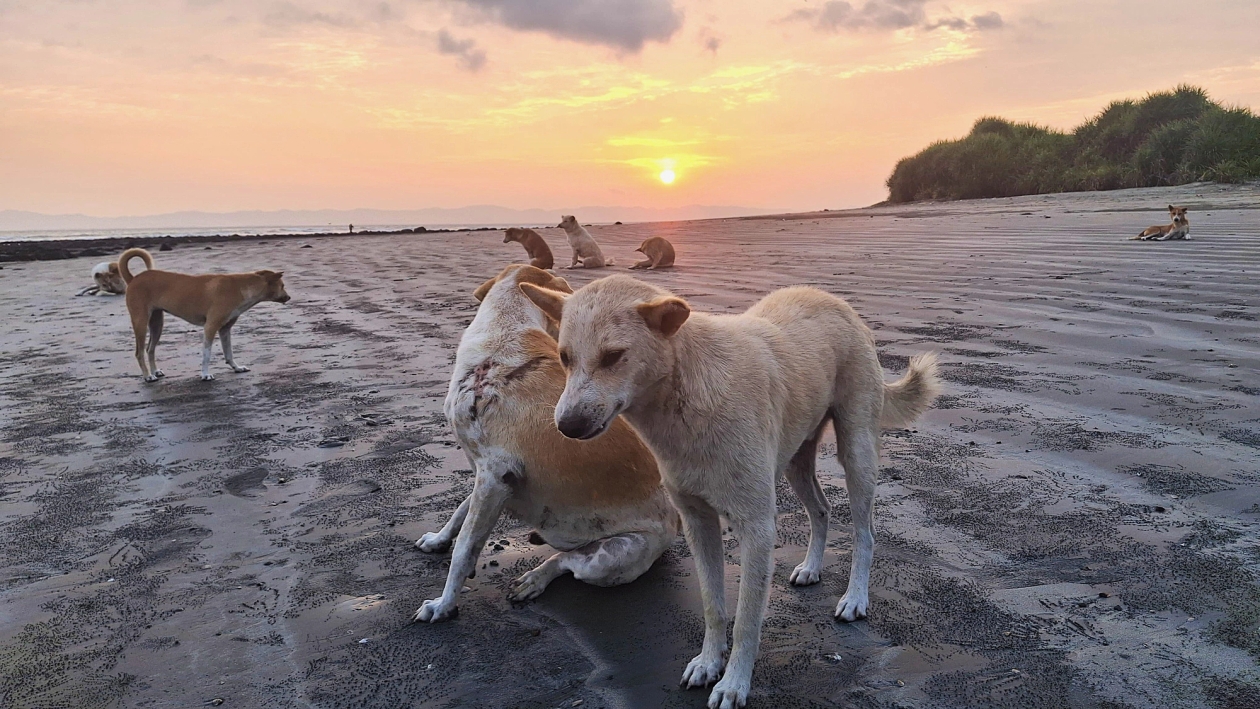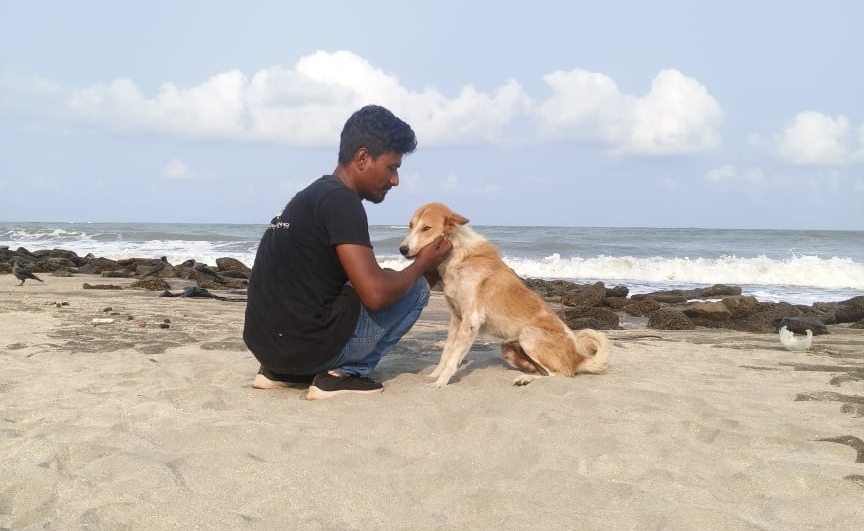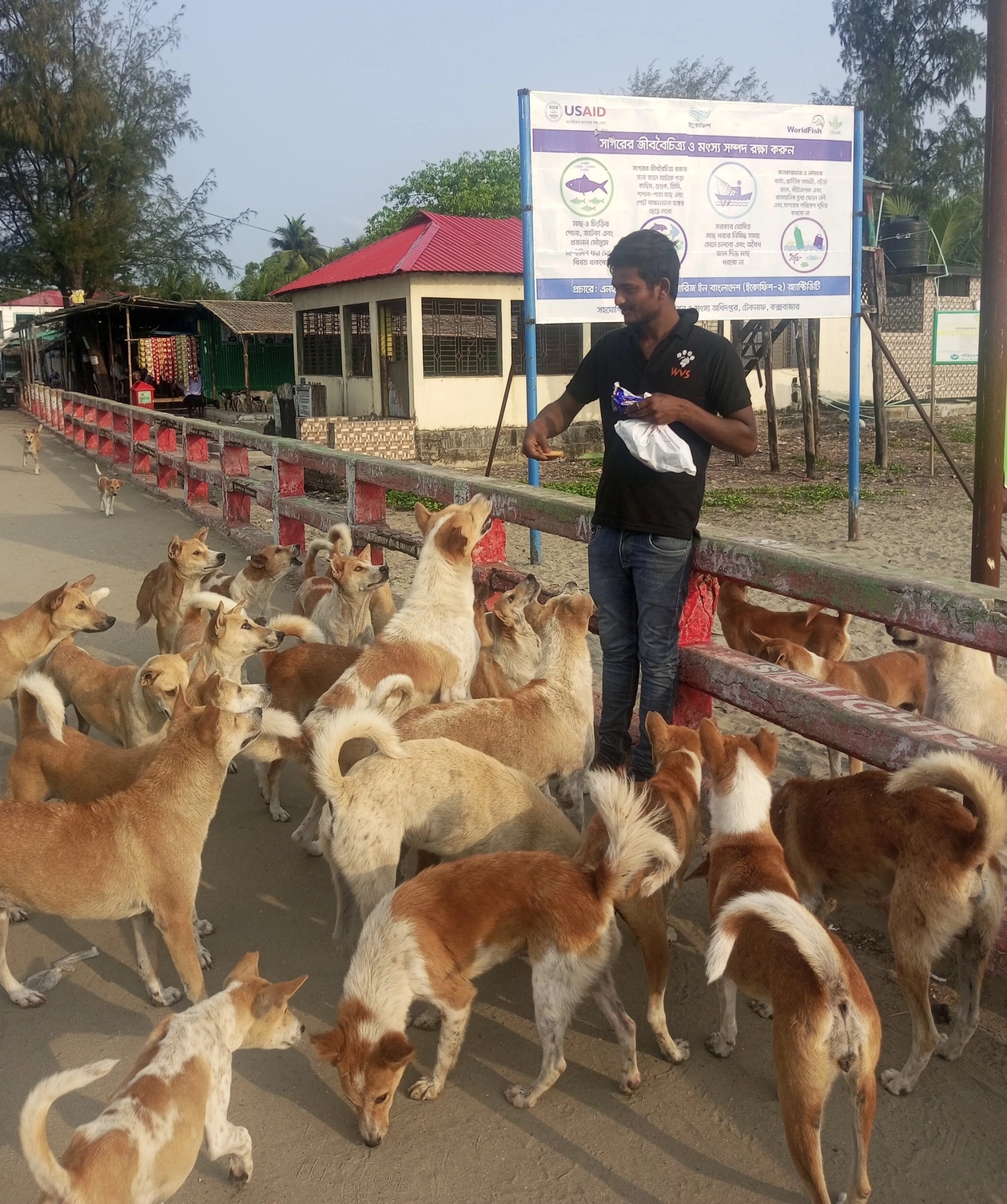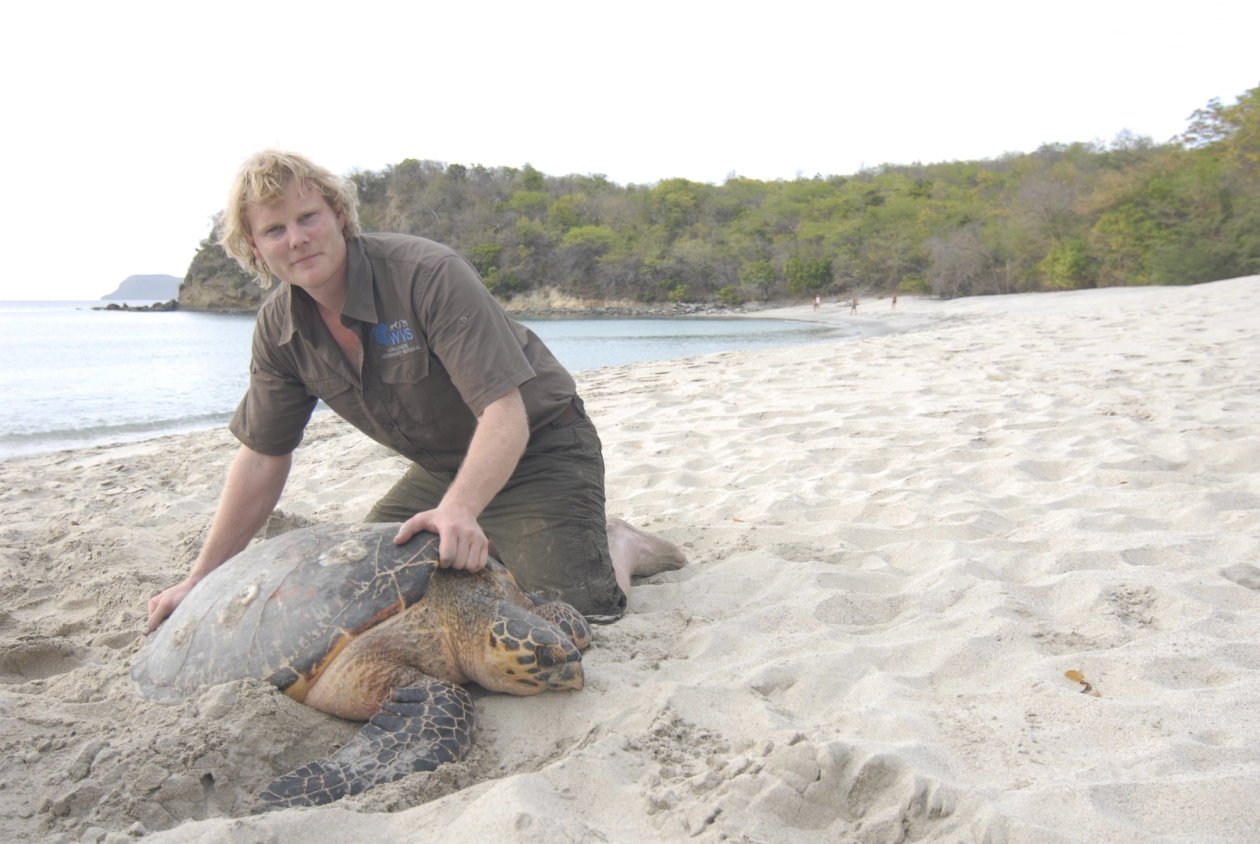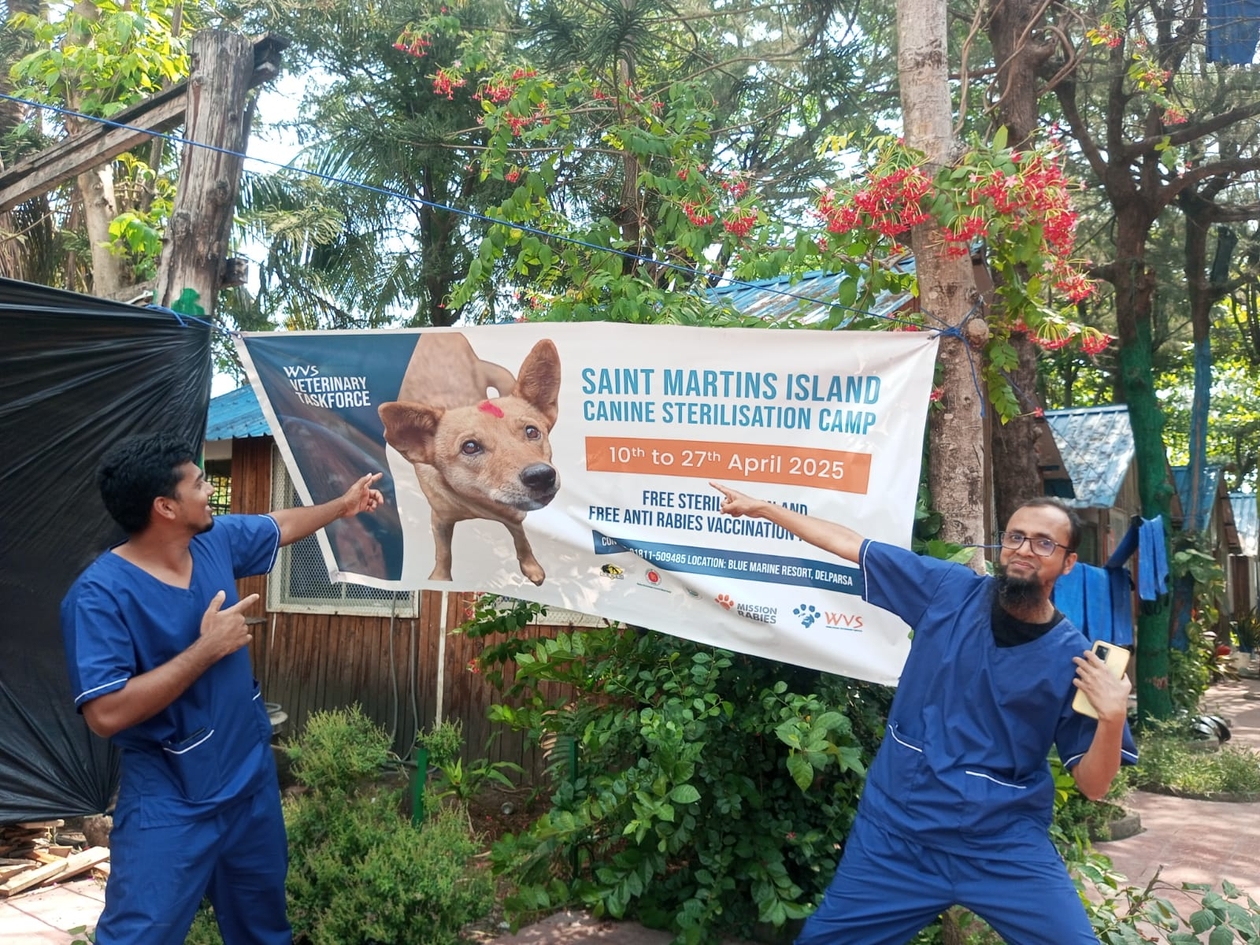You won’t spot a dolphin or whale at the edge of the water, but there’s still a whole world of wildlife on the sand.
- Marine turtles sneak ashore to bury their eggs under the moonlight, and here’s the amazing part: they often return to the exact same beach where they were born, year after year.
- Birds like the red-capped tern or little plover nest right on top of the sand – no trees are required!
- Crabs, lizards, and even some reptiles (like marine iguanas, found only in the Galápagos!) spend time in the swash zone – that's the part of the beach where the waves wash in and out.
These animals are often tiny but always terrific. They keep the ecosystem balanced, and the food chain flowing all the way into the ocean.

